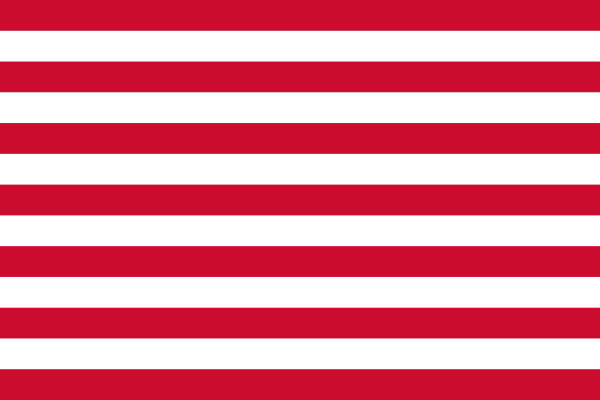4
The stripes on the flag of the United States
are identical to the stripes on the British East India Company flag.
What were the political reasons for the United States deciding to use the design of the stripes of the flag of the British East India Company within design the flag of the Unite...
